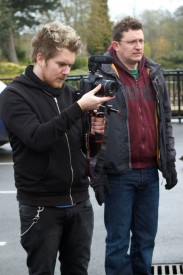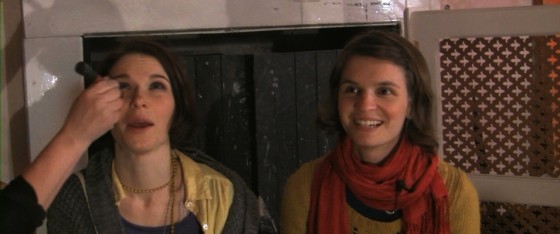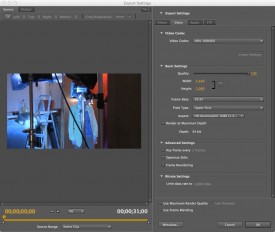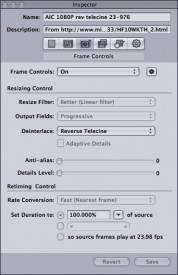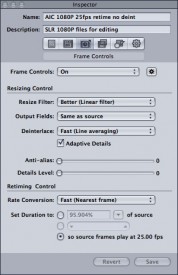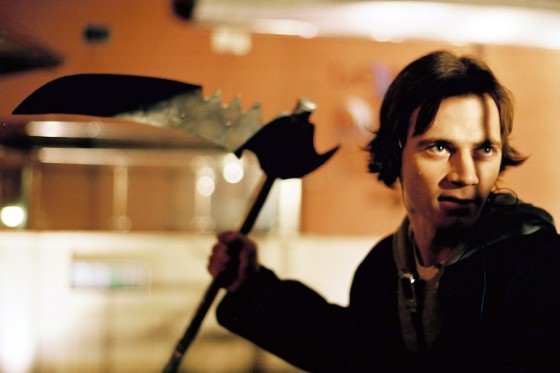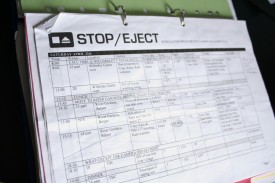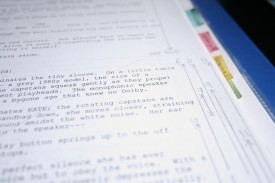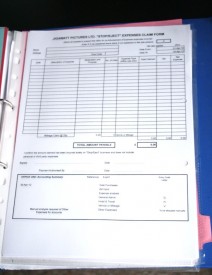
If you’re a Director of Photography working in the micro-budget field, you’ve probably heard this phrase pass producers’ lips many times: “We can’t afford to hire any lights, but I’ve got some redheads you can use.”
I’m quite proud of some of the lighting I’ve done with only redheads over the years, but it’s rarely been subtle, often been tricky and usually been time-consuming. Redheads are ubiquitous because they’re so affordable, but of all the types of film lamp on the market, they are the least useful.
They’re too bright for most interior spaces and too dim for most exteriors. They’re horribly inefficient, spilling lots of light out of the back and wasting a lot of their power input on heating up the room. They don’t have lenses, so they can’t be focused. And most frustratingly of all, you need to cut out half their light by putting CTB gel over them if you want them to match daylight – and those are usually the situations where you need the most power out of them, to fight the natural light.
(By the way, you should never buy the cheap redheads off eBay; they’re not earthed and the bulbs blow if you so much as breathe on them.)

So point out to the producer how much it will help the schedule if you don’t spend all day trying to flag, diffuse, gel and generally coerce redheads into doing things they don’t really want to do, how the talent will be much happier if they’re not sweating out half their body weight, and how the electricity bill will be slashed by using more efficient lamps.
And if the producer acquiesces, of the dazzling array of lamps offered by most hire companies, which should you pick? Of course every film is different, but I frequently find the most useful hires are an HMI and a Dedo kit.
HMIs (Hydrargyrum Medium-arc Iodide) are efficient, daylight-balanced lamps that come in many sizes. The 1.2K and 2.5K models are most useful. Both can be powered off an ordinary domestic ring-main (though make sure you have 13A to 16A jumpers), come in fresnel (lighthouse-style lens) and par (parabolic aluminised reflector) flavours and feature dimmers for an extra layer of control. They’re perfect for blasting through windows in daylight interiors, and they’ll also illuminate a large area of nighttime exterior.

HMIs come with a box called a ballast which regulates the power supply to the lamphead and ignites the arc. You’ll have a choice of magnetic or electronic (flicker-free) ballasts. The former are heavier and cheaper, whereas the latter are designed to prevent flickering of the light when shooting at a non-standard frame rate (which in the UK means anything other than, or not divisible by, 25).
The term HMI is used interchangeably with MSR (Medium Source Rare-earth). Although there is a slight difference in the technology, for all practical purposes they’re the same thing.

Dedos are very small spotlights, usually 150W tungsten, though other types are available. They come in a kit of three or four and are fitted with dimmers either in the cables or in a separate control box. They’re brilliant for interiors where you want to create a very tight pool of light that doesn’t raise the ambient illumination or spill onto other areas. If they’re hooked up to a control box you can rig them all around the room and easily tweak the brightness of each one without getting back up on a ladder.
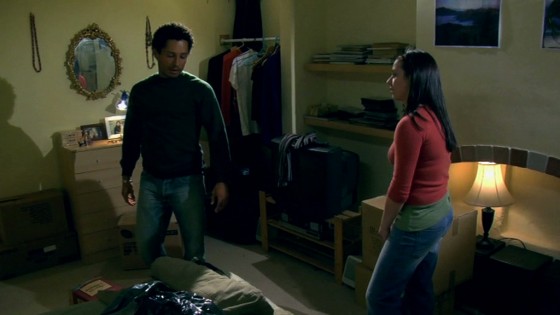
You can watch Hostile at bravesoldier.co.uk/hostile.html and find out more about Ashes on Sophie Black’s blog. If you’ve enjoyed this post, please visit stopejectmovie.com/collection or stopejectmovie.com/donate and help me complete my new short film.

